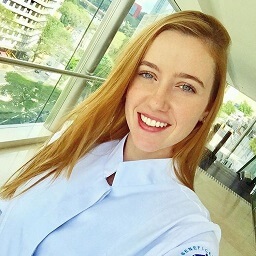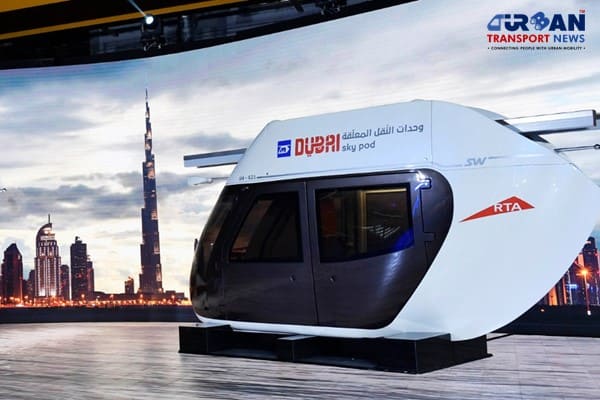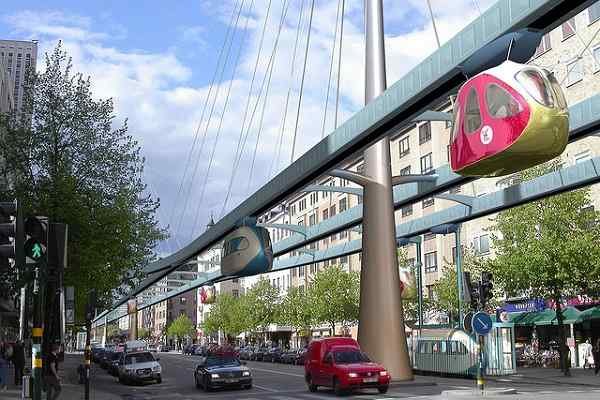 California commences construction on $12bn Los Angeles - Vegas High Speed Rail Project
California commences construction on $12bn Los Angeles - Vegas High Speed Rail Project Kochi Water Metro floats tender to procure 15 more electric-hybrid ferries
Kochi Water Metro floats tender to procure 15 more electric-hybrid ferries Siemens Mobility-Hassan Allam Construction JV Sign Contract for UAE – Oman Railway Link
Siemens Mobility-Hassan Allam Construction JV Sign Contract for UAE – Oman Railway Link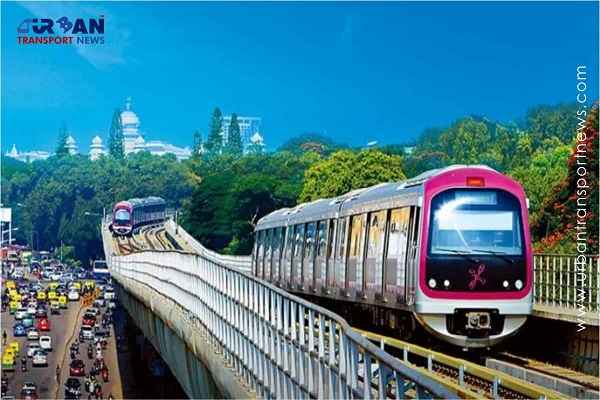 What is better public transport option for Bengaluru - RRTS or Metro Expansion?
What is better public transport option for Bengaluru - RRTS or Metro Expansion?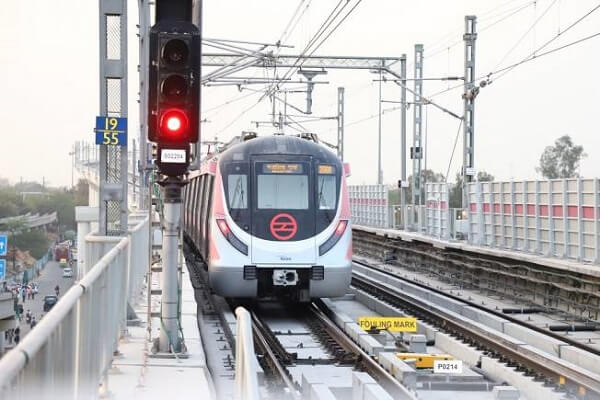 Behind Closed Doors: Corruption Uncovered in Delhi Metro's Top Management
Behind Closed Doors: Corruption Uncovered in Delhi Metro's Top Management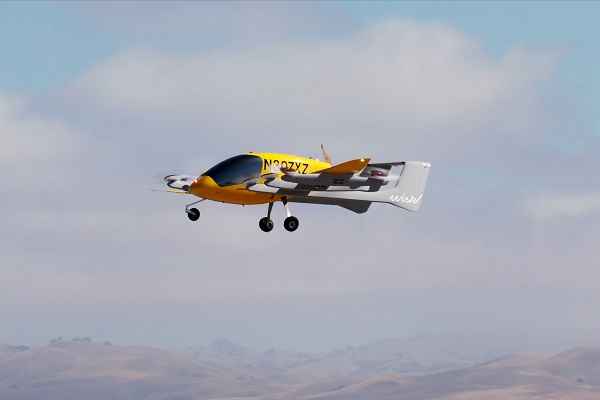 IndiGo to launch Urban Electric Air Taxis between Delhi to Gurugram
IndiGo to launch Urban Electric Air Taxis between Delhi to Gurugram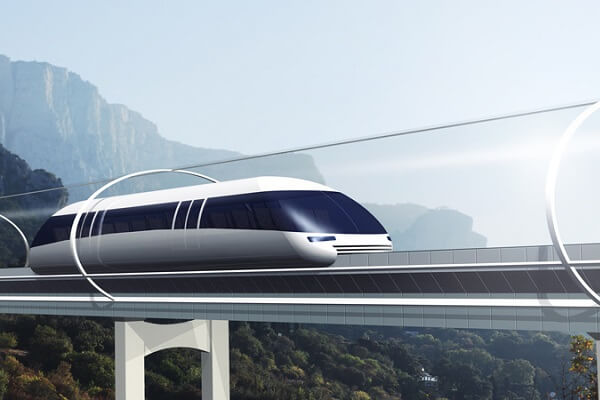 Swisspod secures Strategic Investment to advance the Hyperloop Transportation
Swisspod secures Strategic Investment to advance the Hyperloop Transportation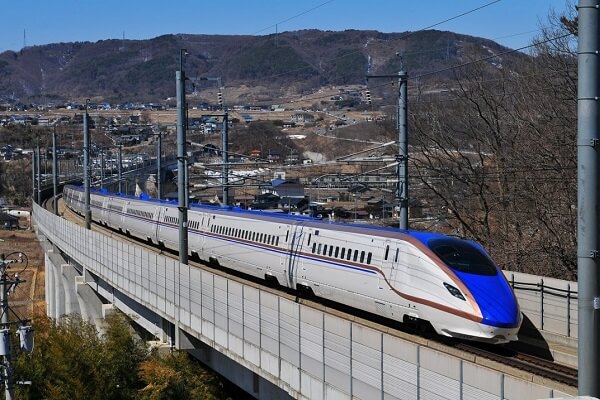 Siemens Mobility revolutionizes Copenhagen's S-bane Network with Driverless Technology
Siemens Mobility revolutionizes Copenhagen's S-bane Network with Driverless Technology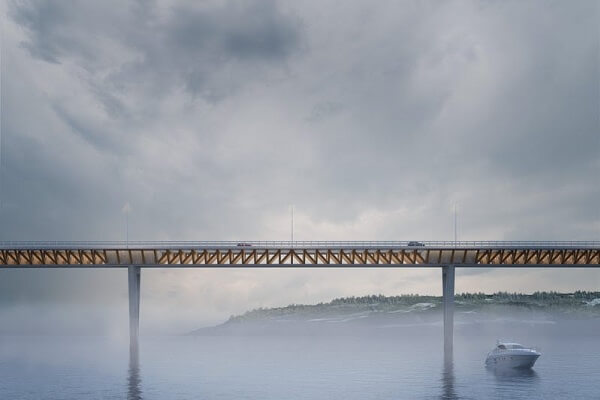 Unlocking prosperity between India and Myanmar: The Kaladan Multi-Modal Transit Project
Unlocking prosperity between India and Myanmar: The Kaladan Multi-Modal Transit Project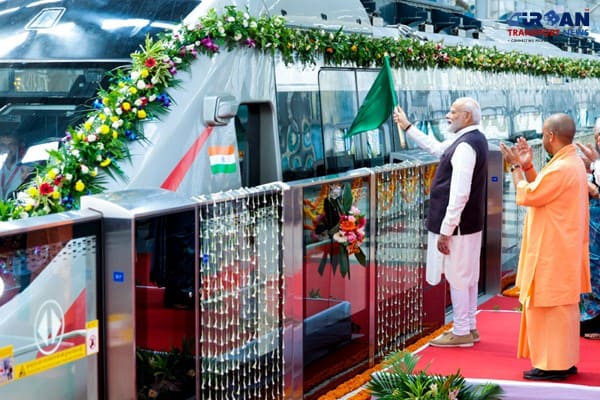 Is the RRTS Truly Accessible to the Common Man or Only the Privileged?
Is the RRTS Truly Accessible to the Common Man or Only the Privileged?
In-depth insight: Know all about UK's first Urban Cable Car Emirates Airline London
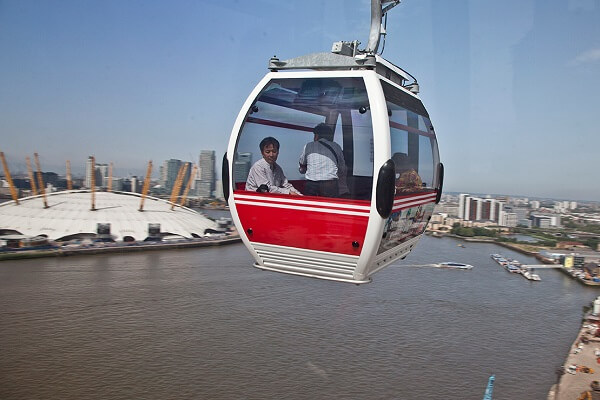
With the Tokyo 2020 Olympics on the horizon, LECS (UK) looks back on the delivery of London’s iconic cable car (Emirates Air Line) transport for London’s Olympics. As the chief technical advisors to the Department for Transport on this project, Eur Ing Dave Cooper reviews some of the engineering challenges encountered and the creative solutions developed. The East London Cable Car is the UK's first and only urban cable car (Emirates Air Line). It provides a low-emission, quick, direct and accessible link across the River Thames.
History
Announced in July 2010, it was completed two years later, in time for the 2012 London Olympic Games. Travelling between two terminals at Greenwich Peninsula and Royal Victoria Docks, it links the O2 arena in Greenwich, south London and the ExCel exhibition centre at the Royal Docks.
System
The system consists of 36 cabins, of which 34 are in use at any one time. Each cabin has the capability of carrying up to 10 persons. The cable spans a total of 1,100 metres, supported by two 90 metre, 570 tonnes towers. The system can operate at speeds of up to 6 metres per second and at that speed takes 4 minutes and 14 seconds to complete a one-way crossing. It now forms part of the transport infrastructure in London. Service operator, Transport for London (TfL) estimate that the system can carry up to 2,500 people an hour in each direction. Dave Cooper, LECS (UK), the consultant engineer on the project, said:
Analysts considered all options for a transport system including a bridge, water-based transport and a tunnel. The cable car was selected as the preferred option for a number of reasons including cost, speed of build and aesthetics.
LECS (UK)'s Role
On the back of over 30 years of experience working on a complex cable car and vertical transportation systems throughout the world, LECS was appointed as Chief Technical Advisor to the UK’s Department for Transport. As one of the world’s renown experts in this engineering sector LECS (UK) has advised on numerous cable car installations and is also the leading expert on accidents and failures involving this type of equipment. Dave Cooper said:
As a technical advisor, LECS UK was responsible for approving the design and ensuring it was compliant with the Cableway Installation Regulations 2004. The project had huge technical challenges as well as high profile stakeholders and enormous public expectation. The unique aspects of the project called for some innovative construction techniques and was an exceptionally exciting project to be involved in.
Crawler Crane
The erection of the South Tower called for the installation of the largest lifting capacity crawler crane in Europe. The crawler crane was delivered using more than 70 articulated lorries. It ran on tracks, not wheels, to aid mobility and was assembled on-site in two weeks. When assembled, its reach was 120 metres with a height of 183 metres. The huge temporary structure had a maximum lifting capacity of 1,350 tonnes - the equivalent of 193 Routemaster buses. The immense lift capacity was required to lift the huge pieces of each tower section into place, weighing up to 68 tonnes each.
Dave Cooper said:
LECS undertook rigorous testing and commissioning to ensure compliance with statutory requirements and European Standards to achieve a stage 2 sign off under the requirements of the Regulations.
Ropeway
The transportation system consists of a continuous single rope measuring 50 mm to which up to 34 cabins can be attached. The system is incredibly efficient and, as with a traction elevator system, only has to provide power to move the out-of-balance load when the cabins are out on the line and equally spaced. It is fully accessible for persons with mobility impairments and allows cabins to come to a stand for loading and unloading. To achieve this an anti-collision system had to be designed into the software to prevent cabins coming into contact with each other.
Challenges
Design & Construction of Towers
The first challenge was how to construct the two main towers (both 86m tall and weighing 570 tonnes) to accommodate the river crossing and one smaller intermediate tower - measuring over 65 metres in height and weighing 270 tonnes. Dave Cooper, LECS UK, said:
It was not only the size of the towers, and the fact that one had to be positioned in the River Thames that made the construction so challenging but also the need for exacting stability as a core requirement for the operation of the cable car.
The design of the towers, using a complex helix structure to link the four steel ribbons assisted in providing this stability. The towers, made up of approximately 6,500 pieces of steel of varying thicknesses from 30 to 50mm and were welded together and connected to helical tubes running inside the tower. This provided the required stiffness. There are three main towers and two compression towers. The main towers support the system at height and the compression towers provide rope diversion from the stations to the head of the towers. Three towers were provided to facilitate a 51-metre tall ship to pass underneath the system on high tide. The only way the line could be maintained at a height to meet the tall ship criteria was by introducing a third tower. The towers are 86 metres tall and their baby sister (the north intermediate tower) is 65 metres.
Getting the cable in place
Another challenge was how to pull the cable between the terminals via the towers, over the Royal Victoria Dock, and across the River Thames. This constituted a highly complex and intricate part of the construction. Boats were used to make the initial rope connection. This was eventually replaced with the cable itself. The cable was pulled into place and tensioned using a 12-tonne winch located on the platform of the South Terminal. The cable was clamped and secured at each terminal and tensioned to gain a minimum clearance of 54m above the mean high watermark. The system has a traction sheave and a return pulley/diverter sheave that is tensioned in a similar fashion to an escalator step chain. Once the cable was tensioned to the correct height, the next step was to carry out the rigorous testing and commissioning process for the whole system.
Risk from vessels
There is also the potential for an out of control vessel to strike a tower causing damage to the system. While the risk was assessed as incredibly low, a ship impact system was employed to divert any risk away from the towers.
The Weather
During the build, the UK had its worst period of inclement weather since records began! The construction team had to contend with exceptionally heavy rain and a period of snow!
In the event of failure
The system was designed so that in the event of failure all passengers could be retrieved in a timely manner. The ultimate design allows for a huge amount of redundancy and system support including an innovative emergency bearing system that was incorporated in case of bearing failure on the main traction and tensioning sheaves. The bearing design was developed specifically for this project and is the first time that it has been used. The success of the design means it is being adopted in future cable car projects around the world. The system is fully accessible to passengers in wheelchairs, with bikes and pushchairs.
Awards Winning Project
The Emirates Air Line cable car project scooped numerous awards including:
- Award for Infrastructure or Transportation Structures
- The Institution of Structural Engineers Structural Awards 2013
- The Structural Steel Design Awards 2013
- Elevator World Project of the Year, 2013
Project Summary
- Project Name: Emirates Air Line (Cable Car)
- Client: Transport for London (TfL)
- Ultimate Asset Owner: Docklands Light Railway (DLR)
- Contractor: MACE
- Architect: Aedas Architects
- System Sub Contractor: Doppelmayr Seilbahnen GmbH
- Statutory Authority: HM Government, Department for Transport (DfT)
- Consultant to Statutory Authority: LECS (UK) Ltd | Dave Cooper
- Consultant to DLR: Neil Thompson, Tim Whittome
- Structural Engineers: Buro Happold(now AECOM)
- M&E Engineers: URS Scott W




